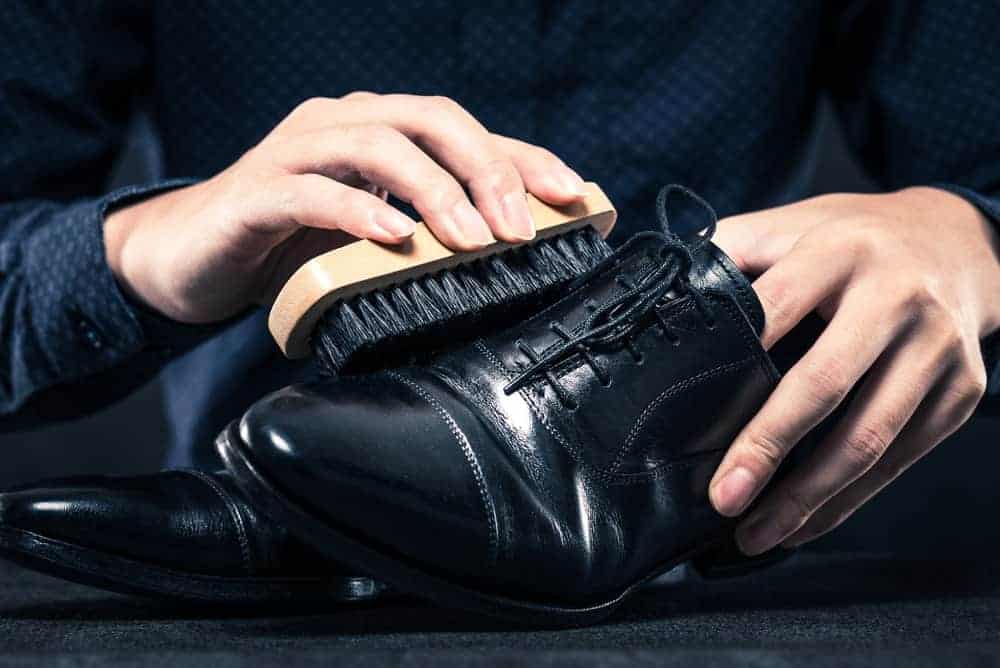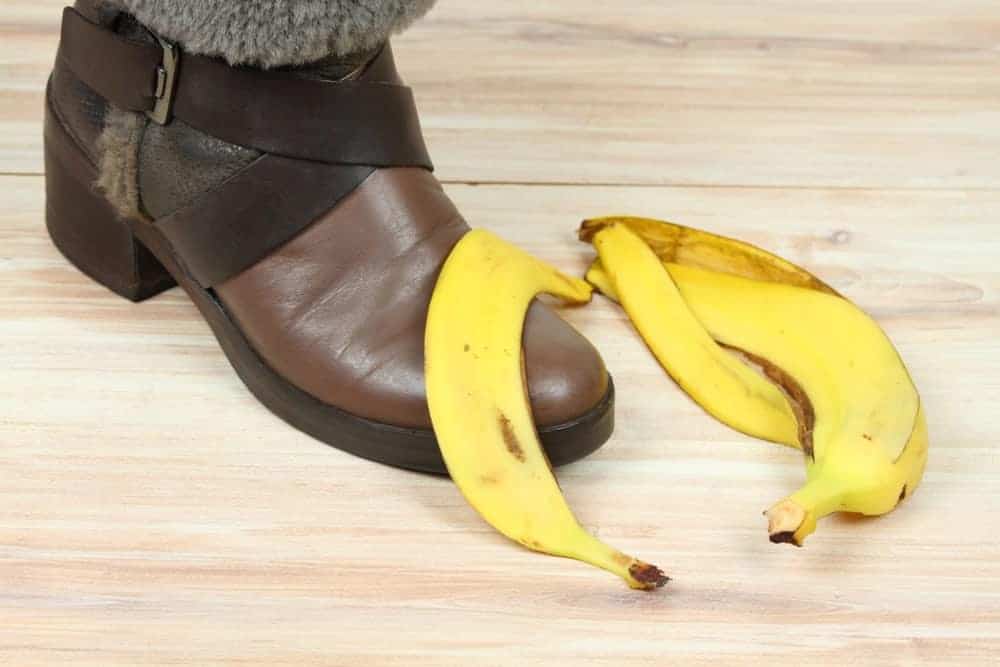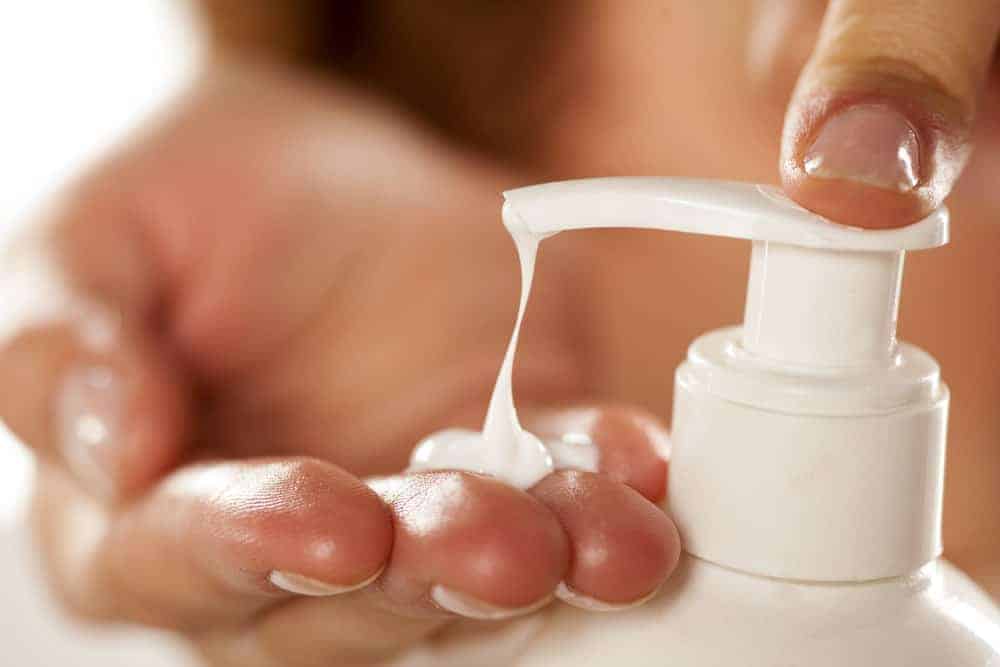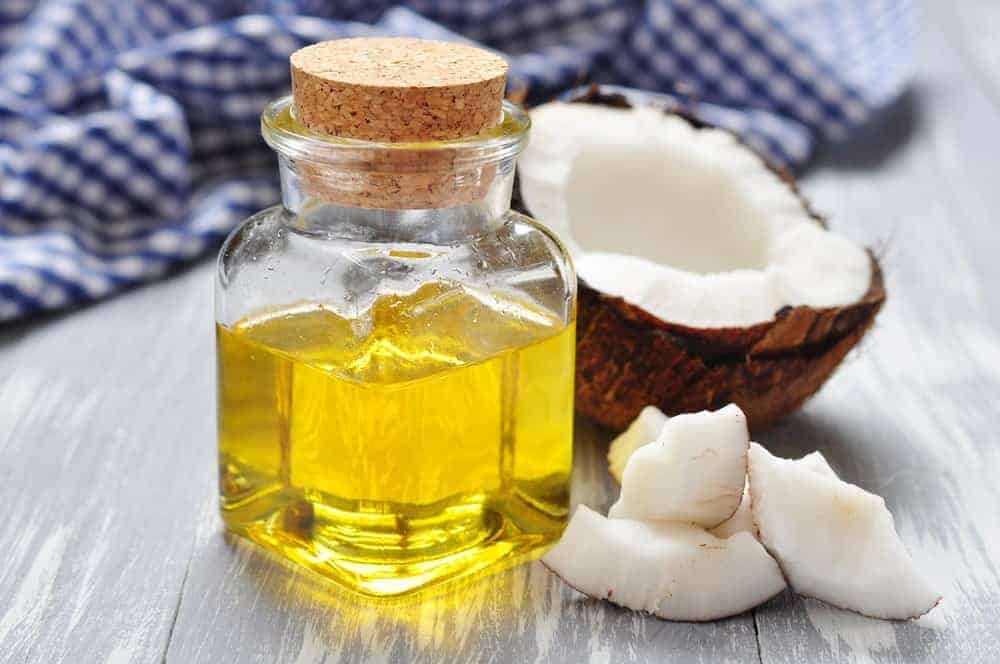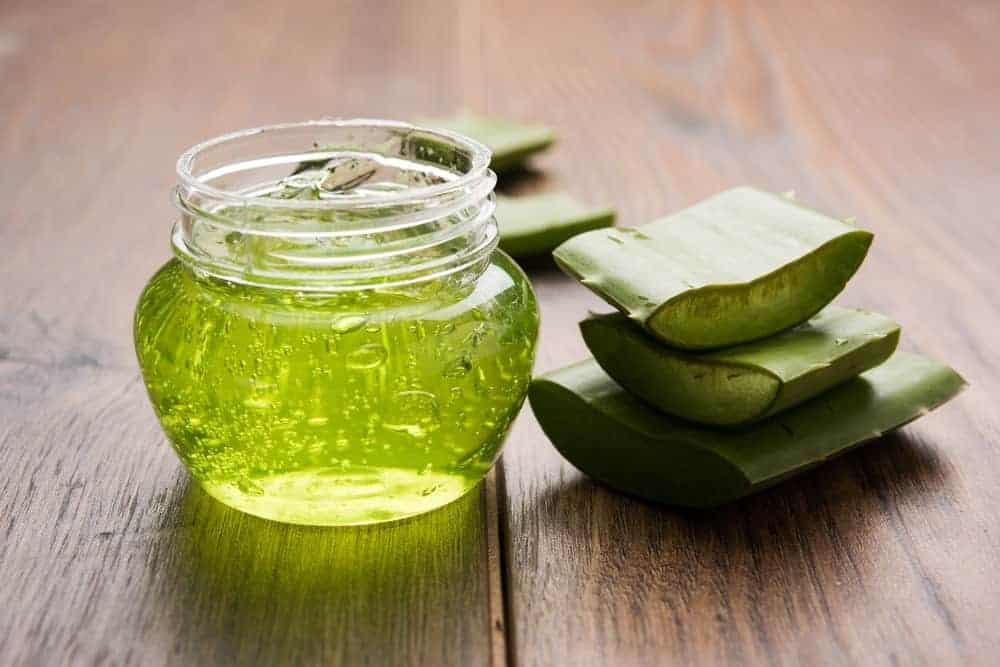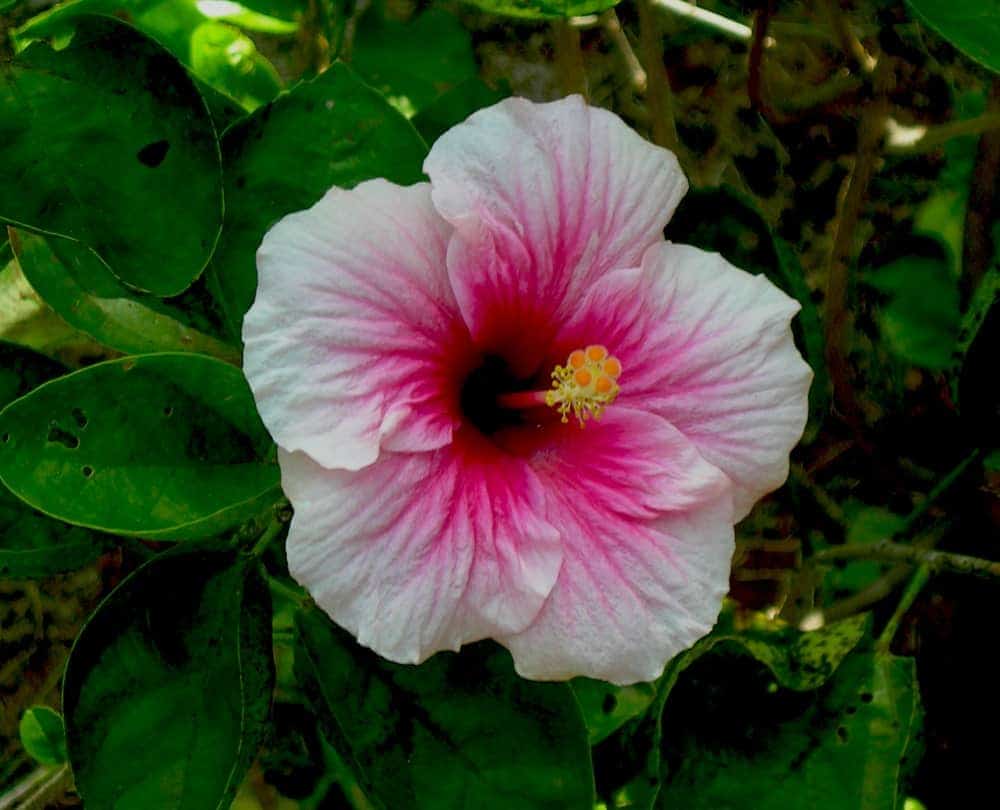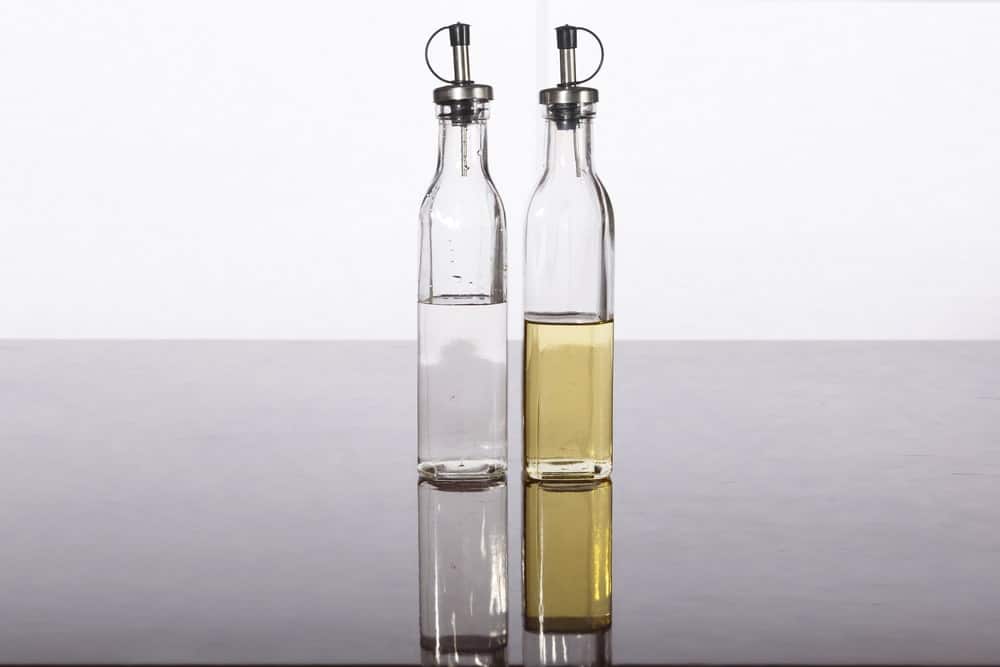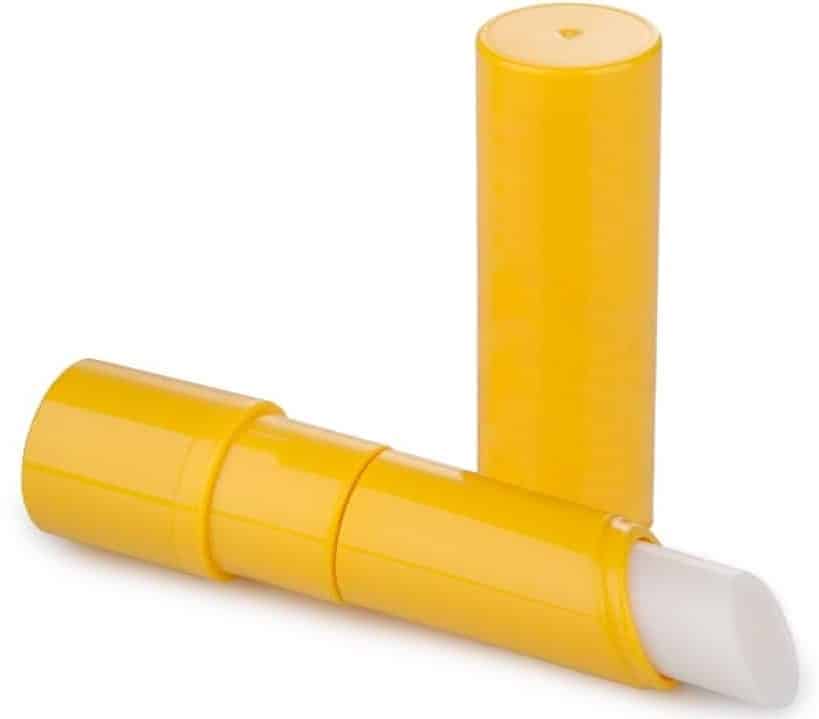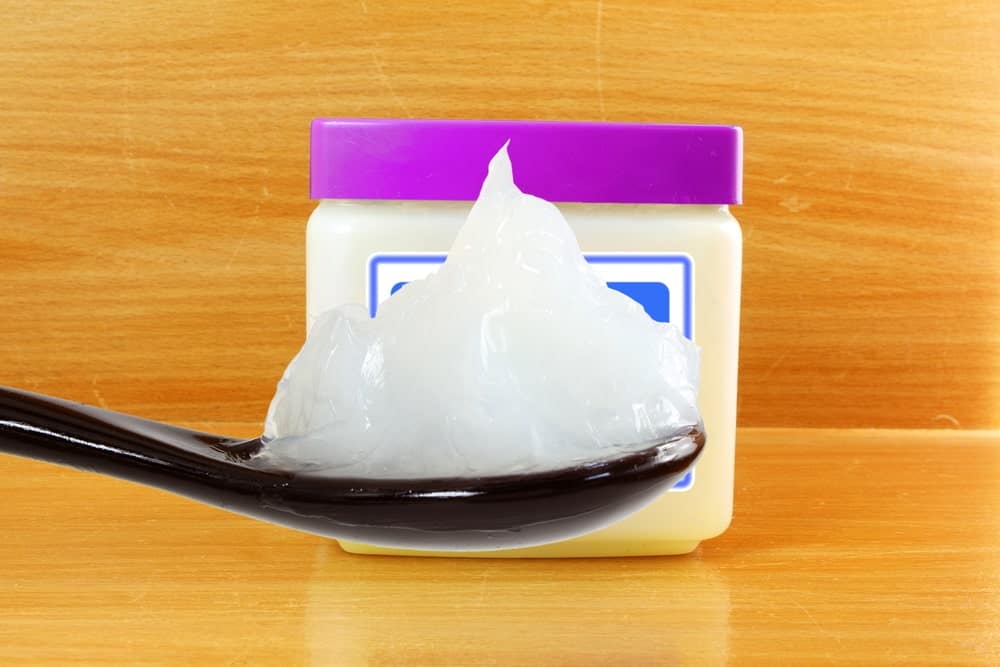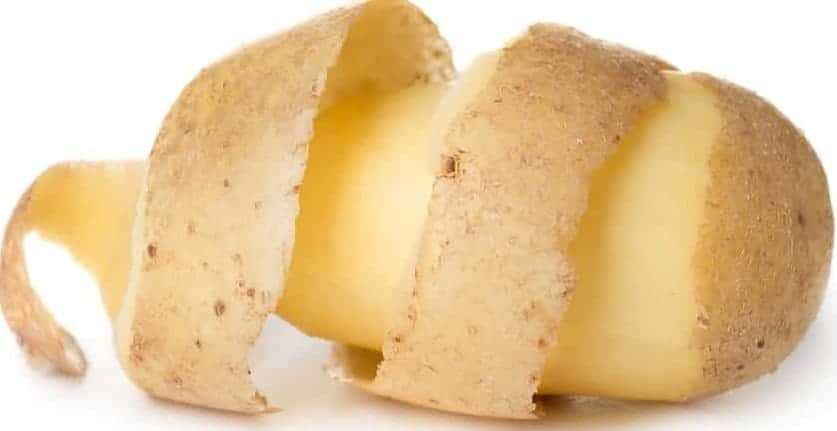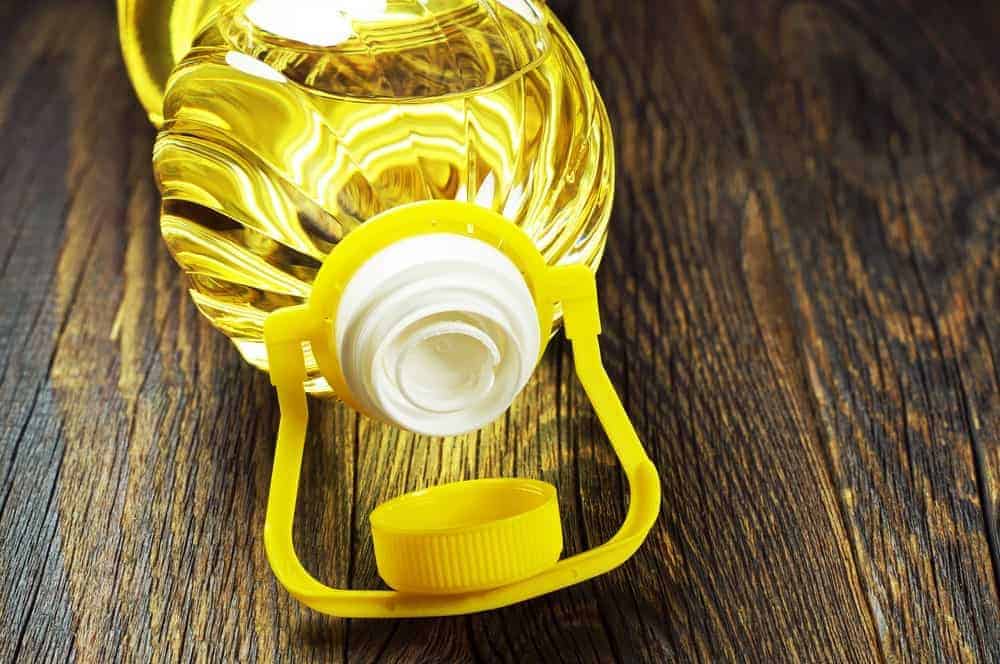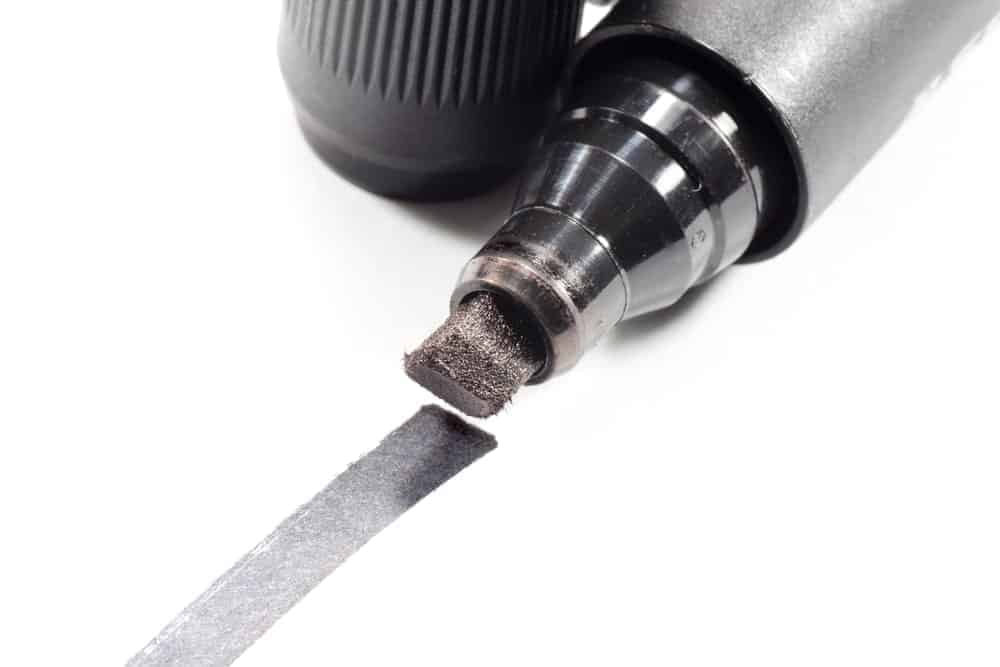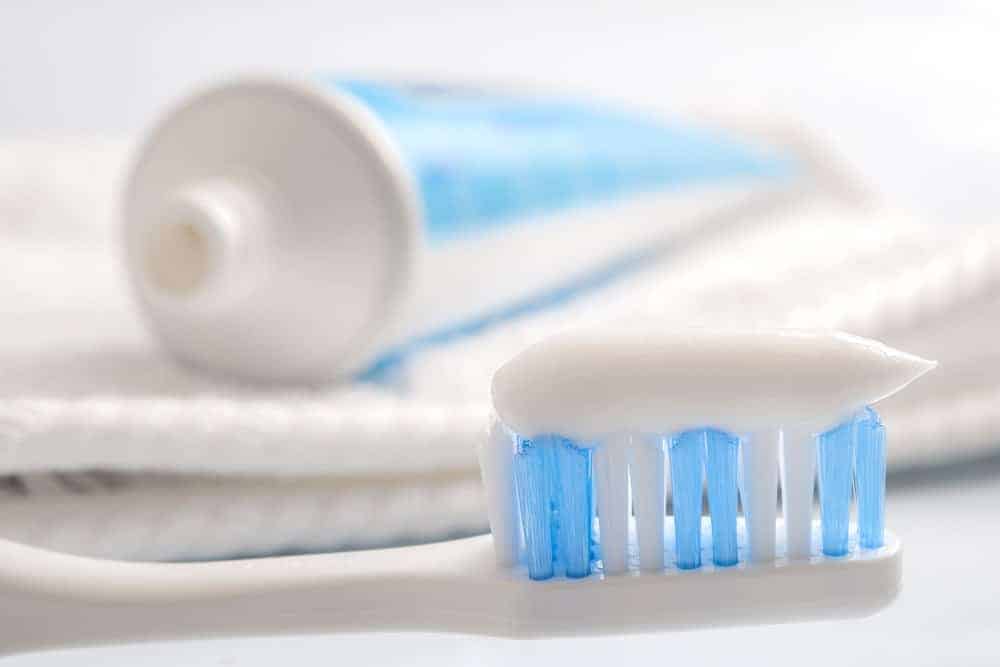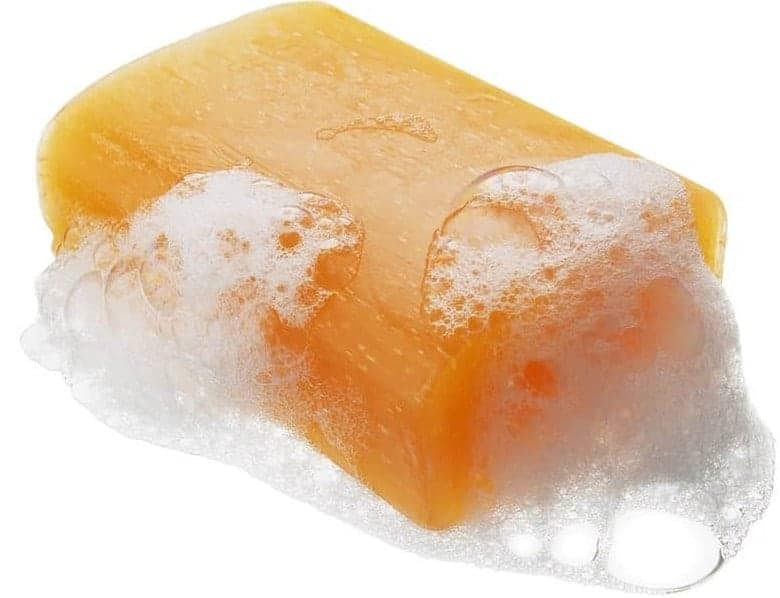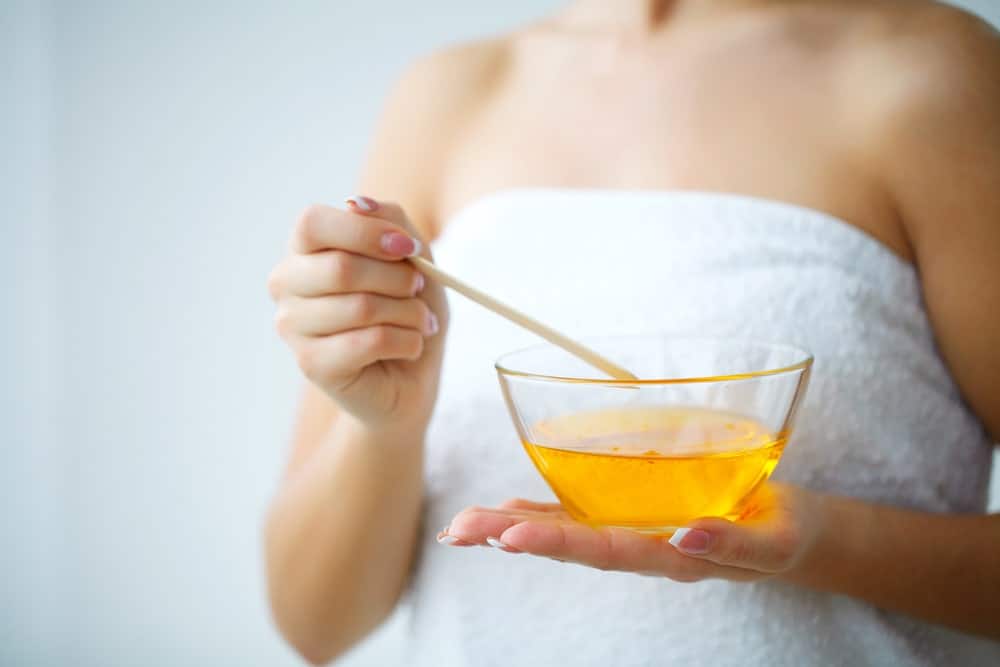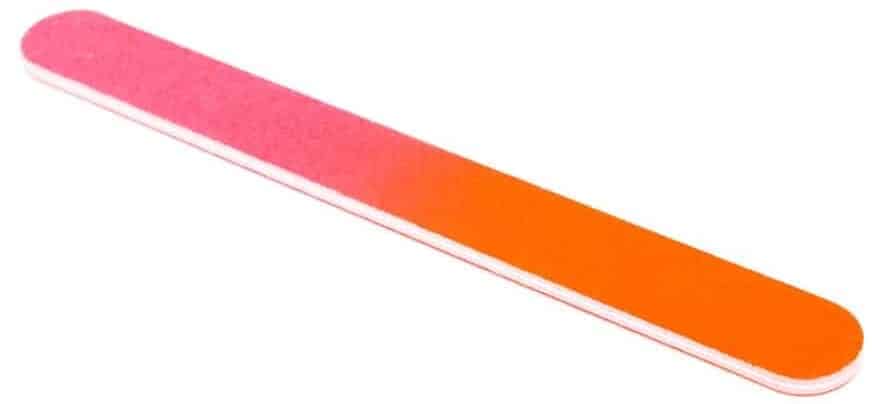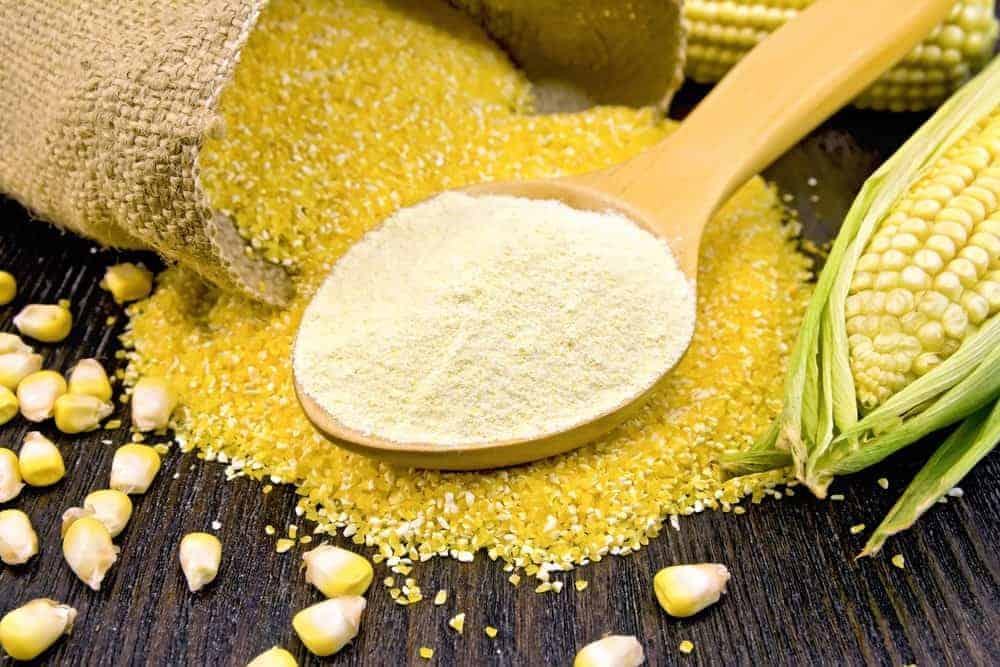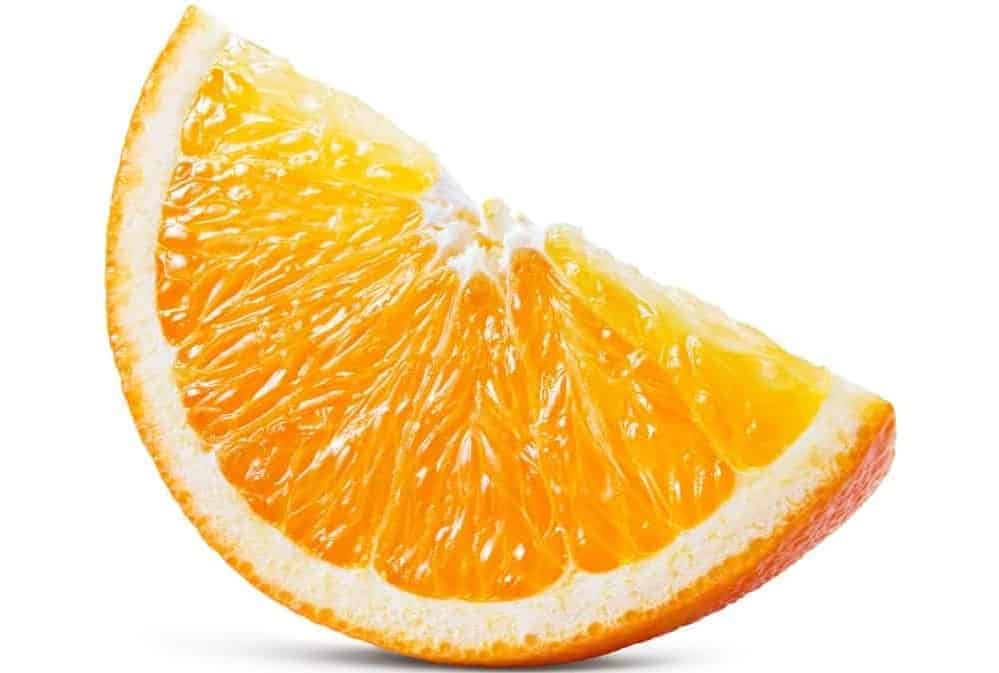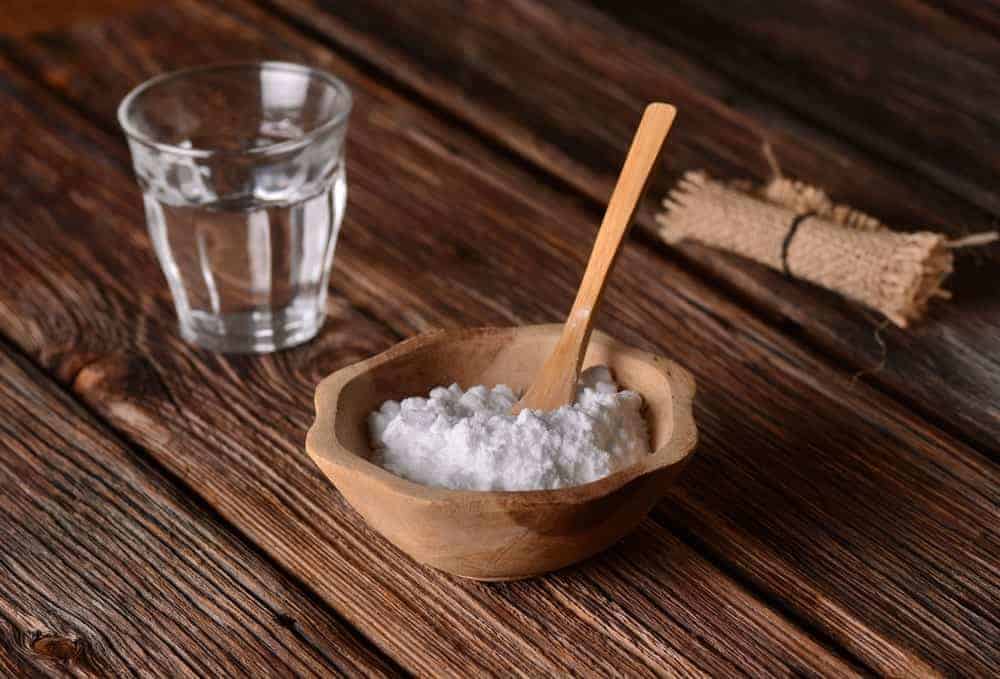Give your pair of dull leather shoes new life by exploring these natural remedies and common household items that have become easy alternatives to shoe polish.
The first commercially produced shoe polish was made of tallow, oil, wax, and soda ash and was initially invented to waterproof and soften the leather. The feature of imparting shine to the shoes was only added in the 18th century.
Shoes need to be regularly polished to keep them in tip-top condition. Store-bought shoe polish, however, contains toxic chemicals such as nitrobenzene, trichloroethylene, and methylene chloride.
Fortunately, you can still make your shoes look good without exposing yourself to toxic chemicals. Natural remedies and common household items render themselves alternatives to shoe polish.
Contents
- 1. Banana Peel
- 2. Beeswax
- 3. Body Lotion
- 4. Coconut Oil
- 5. Hair Gel
- 6. Hibiscus Flower
- 7. Linseed Oil and Vinegar
- 8. Lip Balm
- 9. Olive Oil and Lemon
- 10. Oregano Leaves
- 11. Petroleum Jelly
- 12. Potatoes
- 13. Rubbing Alcohol
- 14. Walnut/Vegetable Oil
- 15. Nontoxic Permanent Marker
- 16. Toothpaste
- 17. Soap Solution
- 18. Paraffin
- 19. Breadcrumbs
- 20. Nail File
- 21. Corn Flour
- 22. Orange
- 23. Baking Soda
1. Banana Peel
This one is a little unique, but it works. Take the banana out of the peel and rub the inside of the peel onto your shoes. Afterward, wipe off all of the excesses with either a soft cloth or a tissue. Then, don’t forget to buff with a clean cloth so that the shoes are even shinier.
Advantages
- A very simple method that anyone can do
- It is a lot less expensive than regular shoe polish
Disadvantages
- It can be a little messy and even greasy
- It sometimes takes a while to get all of the peel off of your shoe
Some people do not like this method because there is always a little banana left-over inside the peel, but it is a method that is both inexpensive and effective, not to mention easy.
2. Beeswax
Beeswax has been used to polish shoes for a very long time. You have to heat the wax first, making sure that it is soft enough to apply to the shoes and rub it thoroughly onto each shoe. Next, get a clean, soft cloth and rub the shoes to a great shine.
Advantages
- Beeswax is easy to find and can be found at most craft stores
- It also keeps the leather supple and conditioned, as well as shiny
Disadvantages
- Beeswax can be a bit on the expensive side
- Heating beeswax to the right texture is sometimes a challenge
Beeswax can also be found online and in bulk, so if this type of shoe-shining works for you, you may want to consider buying it in large quantities.
3. Body Lotion
Any type of body lotion can be rubbed onto your shoes with a small ball of cotton, and it doesn’t take a lot of lotion to provide great results. Much like other shoe-shine products, you should always end by taking a clean, soft rag or cloth and buffing the shoes to a high shine.
Advantages
- You can use generic body lotion, which is very inexpensive
- You only need a small amount to produce the right effect
Disadvantages
- Some lotions can feel very greasy
- If you use too much, the shoes can get greasy
Most people have body lotion around the house, and if you use it for polishing your shoes, it doesn’t matter what type you use because they all have the same effect on your shoes.
4. Coconut Oil
Like other types of oil, leather shoes respond best when you dab a little coconut oil onto a piece of cotton then rub it into the shoes. You don’t need a lot of coconut oil, either, because a little will go a long way. Make sure that after the coconut oil is soaked into the shoes, you get a clean cloth and buff the shoes to a shine.
Advantages
- Makes the shoes both shiny and soft
- Coconut oil is very easy to find these days
Disadvantages
- Some brands of coconut oil are a little on the expensive side
- Coconut oil can have a bad odor
In fact, this is one oil that you certainly don’t want to put too much of on your shoes because coconut oil has a unique smell that will follow you around the rest of the day.
5. Hair Gel
The best part about using hair gel to shine your shoes is that it only takes a small amount to do the job. Apply just a small dab of hair gel onto the shoe, then rub it vigorously with a soft rag or cloth, and your shoes will be shiny in no time. If your gel is blue or green, not to worry because the color never gets onto the shoe itself.
Advantages
- Hair gel is inexpensive and easy to find
- The gel is not as greasy as some other methods of shoe-shining
Disadvantages
- You have to make sure not to use a large amount, or the shoes will be greasy
- Some hair gels are a bit expensive
If you’re looking for an inexpensive but effective alternative to shoe polish, you can always try hair gel.
6. Hibiscus Flower
Hibiscus plants are both beautiful and functional because one of their many uses is making shoes nice and shiny again. Simply take the flower itself and rub it onto the shoe for a bit, then clean it with a clean cloth. Afterward, buff the shoes with a rag to get that shine you just love.
Advantages
- This is an easy and very effective way to shine your shoes
- Hibiscus plants also dress up your home when not being used as a shoe-shine method
Disadvantages
- Not everyone has hibiscus plants in their home
- It is a little awkward to rub the shoes, due to the size of the petals and leaves
Using hibiscus flowers to polish your shoes isn’t something that you’ll want to do on a regular basis, but if you’re in a bind, it works wonderfully.
7. Linseed Oil and Vinegar
With this method, mix the linseed oil and vinegar in a 2-to-1 ratio before you rub it on your shoes. You will get an excellent shine in no time; however, because different materials react differently to this combination, it is recommended that you try it on a small area before you use it on the entire shoe.
Advantages
- A very simple method that anyone can utilize
- Also keeps leather shoes very supple
Disadvantages
- Linseed oil is sometimes difficult to find
- Vinegar is sometimes drying
Another disadvantage of using linseed oil is that it can take a long time to try, and it sometimes gathers mildew on the surface. If you use this method, make sure that you do not use a large quantity, and make sure that the oil is rubbed off thoroughly before you wear the shoes.
8. Lip Balm
If you have a lot of half-used lip balms hanging around, here is something that you can do with them. Instead of throwing them out, just put a touch of the lip balm on your shoes, and rub with a soft cloth. After that, take a clean, soft rag, and rub the shoe again until you get the shine you want.
Advantages
- Lip balm is very inexpensive and has multiple purposes
- You can recycle your lip balm by using it as a shoe-polisher
Disadvantages
- It may not work if the lip balms are too small
- Lip balms with heavy scents may not be appropriate on your shoes.
Everyone wants to recycle nowadays, and recycling lip balm becomes a lot easier when you decide to use it to polish your shoes.
9. Olive Oil and Lemon
Olive oil is something that most people have in the kitchen, and all you have to do is spray a little of it onto your shoe, let it sit for a few minutes, and then take a soft polishing cloth and wipe the shoes down. If you’d like an extra shine, add a few drops of lemon and rub after you’re done with the olive oil.
Advantages
- An easy and inexpensive method
- Convenient because most people have olive oil in their home
Disadvantages
- If you use too much oil, it could be difficult to wipe off
- Too much lemon could cause leather to dry out
Olive oil will also seep into leather shoes and become absorbed quickly, creating a nice, even, very smooth texture that will last for quite some time.
10. Oregano Leaves
Since oregano leaves contain essential oils that work great for treating leather, you can rub them onto your shoe and then rub with a clean cloth to buff to a high shine. This isn’t necessarily a common way to make your shoes shinier, but it’s inexpensive, easy, and it works.
Advantages
- Oregano leaves are actually good for your shoes
- The method is simple and inexpensive
Disadvantages
- Not everyone has fresh oregano leaves on-hand in their home
- Some oregano brands are a bit expensive
Furthermore, since oregano leaves have antifungal and antibacterial properties, they take great care of the leather in your shoes, making them soft, supple, and long-lasting. Naturally, this isn’t something that you’ll want to use on a regular basis for shining your shoes, but you’ll be surprised at how effective this method is.
11. Petroleum Jelly
Petroleum jelly has been used for decades to give shoes a great shine, but results are mixed when it comes to the benefits of using this product on your shoes, especially if the shoes are made of leather. If you’re interested in using petroleum jelly on a brand-new pair of leather shoes, try it on an old pair first so that you won’t be surprised later on.
Advantages
- Most households have some type of petroleum jelly in the cabinet
- Petroleum jelly is inexpensive and easy to find
Disadvantages
- Shoes can be greasy if you use too much
- No one really knows the long-term effects of using petroleum jelly on leather shoes
As with other methods of shoe-polishing, always start out with a small amount of petroleum jelly, and end by rubbing the shoes with a clean, dry cloth for the best effect.
12. Potatoes
Potato juice can do amazing things, including polish your shoes. Simply peel the potato and rub it onto your shoes, and you have to wipe the shoes with a clean cloth before the juice actually dries up. If you’re headed out to an important meeting and your shoes look dull, this is a quick, effective method for shining them up before you head out the door.
Advantages
- Potatoes are inexpensive to purchase
- The method is both fast and very effective
Disadvantages
- You have to rub the juice off of the shoe before it dries
- You have to use this method quickly or the potato will turn brown
Most people have potatoes around their house on a regular basis, and if you’re in a bind, they are the perfect item to use to get your shoes nice and shiny.
13. Rubbing Alcohol
Most people are unaware that this works, but it does. All you have to do is take a small amount of rubbing alcohol and dab it onto your shoes, taking a small cotton ball, and rub the alcohol in small circles until you get the shine you want. Afterward, take a clean, soft rag and rub the shoes until you witness a shiny surface on your shoes.
Advantages
- Rubbing alcohol is both inexpensive and easy to find
- This is a very simple method that works
Disadvantages
- If you use too much alcohol, the leather could eventually crack
- It may be hard to determine how much alcohol to use
With this method, you really don’t need a lot of rubbing alcohol for it to work. Start out with a very small amount, and work up from there so that you don’t end up using too much on your shoes.
14. Walnut/Vegetable Oil
With walnut oil or vegetable oil, not a lot is needed to get your shoes nice and polished. Just apply the oil on your shoes and rub them with a soft cloth, but make sure that you buff for a long time because with this ingredient, the longer you rub, the shinier your shoes will look. Once all of the oil is absorbed, take a clean cloth and rub the shoes again for extra shine.
Advantages
- This type of oil is very inexpensive and easy to find
- It can actually soften the leather as well as make it look better
Disadvantages
- If you use too much, the oil can rub off onto other nearby items
- You have to make sure that it is completely absorbed, or it will have a greasy feel
15. Nontoxic Permanent Marker
You can use any non-toxic permanent marker with a wide tip to bring the color back to your leather.
Advantage
- Quick fix for shoe color restoration.
Disadvantage
- This alternative to shoe polish is more to restore the shoes’ color than the shine.
16. Toothpaste
Get your shoes back to white again by rubbing a little toothpaste. You can apply the toothpaste on a toothbrush, a soft brush, or a rug. Buff with the brush or cloth for the shine.
Advantage
- Will only work on white leather shoes, soles of sneakers, and any kind of rubber sole in general
Disadvantage
- You can’t use it on other types of shoes other than those mentioned above.
17. Soap Solution
A soap solution can be warm water with saddle soap or one with a neutral pH value or a liquid detergent with warm water. Dip the sponge in the soap solution and rub your shoes clean.
Advantage
- It’s easy to do and great for removing mud, dirt, and debris.
Disadvantage
- A soap solution can’t remedy the discoloration of the shoes.
18. Paraffin
You can sprinkle paraffin on your shoes and scrub with a soft cloth.
19. Breadcrumbs
You can use crumbs of white sandwich bread, roll them into a ball, and rub it on the dirty surface of your shoe.
Advantage
- Works like an eraser on satin, canvas, and suede shoes.
Disadvantage
- Breadcrumbs can be messy.
20. Nail File
A nail file is your best bet for scratching off the stain from your matted shoes.
Advantage
- Removes the stain scratch-free.
Disadvantage
- It has limited use as a shoe polish.
21. Corn Flour
Use cornflour to stop oil spills from forming on your shoe by pouring it onto the stain and leaving it on for 30 minutes so it can absorb the oil. Afterward, shake and brush off the residue.
Advantage
- Will stop oil from sticking on your shoes.
Disadvantage
- It has limited use as a shoe polish.
22. Orange
Use a half slice of orange to bring back the shine on your shoes. Rub directly on the shoes and leave it on to dry for a couple of hours. Then buff with a rag or shoe brush.
Advantage
- It’s efficient for removing the grime off the shoes.
Disadvantage
- It can be a little messy or wet.
23. Baking Soda
You can use baking soda to remove dirt and bacteria from your shoes by forming a baking soda paste and rubbing it into your cloth shoes. Leave it for five minutes then rinse and leave it to dry in the sun.
Advantage
- It’s a natural shoe shine.
Disadvantage
- Not applicable to shoes of other materials.


